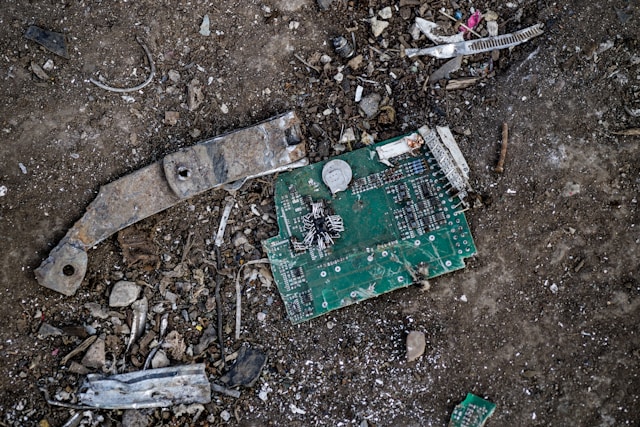Many e-waste materials, such as lead, mercury, and cadmium, are toxic to the environment. When thrown away, they leach into the soil and can poison microorganisms essential for plant growth and human health. Computer recycling uses mechanical shredding and high-tech processes to separate the materials. It provides several benefits for the environment and economy.
Reduces Waste
Keeping computers out of landfills decreases the risk of toxic materials leaching into the soil. E-waste contains many chemicals such as lead, cadmium, mercury and polybrominated flame retardants. These substances are known to cause health problems such as respiratory issues, thyroid issues and congenital disabilities. In landfills, these toxins leach into the groundwater and water supply, affecting human health and animals.
Computer recycling is a great way to keep these metals out of the environment. Upon arriving at the recycling plant, these old computers will be broken down into different components, such as plastic and metal. These can then be reused in a factory to create new computers. Over time, it helps save costs and minimize waste! The main reason to recycle is that it saves energy and protects the environment. We should seek to conserve the earth’s resources, especially those that take a long time to produce. By recycling these products, we can limit the resources needed to make more.
Saves Energy
When computers are recycled, they can be turned into new electronics rather than needing to be manufactured from new materials. It limits the use of fossil fuels, which reduces emissions that increase greenhouse gases. Keeping e-waste out of landfills also prevents toxic chemicals from leaching into soil and water systems. This contamination can be harmful to plants, animals, and people. For example, toxins such as lead and mercury can poison soil, harming crops and human health. Rain can then wash these toxins into the water supply, contaminating water for miles downstream. Many companies focus on recycling metrics to improve their environmental impact.
Recycles Materials
Computer recycling recycles many materials that would otherwise have gone to waste. It’s not just about saving natural resources like copper, zinc, and iron but also about avoiding releasing harmful chemicals and toxins that harm human health and pollute the environment.
Computers often contain dangerous materials such as lead, cadmium, and mercury when discarded. If thrown away improperly, these substances can leach into the soil and groundwater, contaminating water supplies.
During recycling, hazardous materials are removed manually and sent to specialized facilities for further processing. After that, the equipment is shredded and separated into plastic parts, metal-embedded parts, and circuit boards. CRT glass panels are handled with extreme care as they contain toxic materials such as phosphors and barium. The shredded e-waste is then passed under a giant magnet and an eddy current to separate the ferrous and non-ferrous metals for further smelting and processing. Other components, such as batteries, are disposed of properly by local regulations.
Reduces Greenhouse Gas Emissions
When computers and other electronic devices become obsolete, owners often toss them away. Whether that happens at home or work, this electronic waste (e-waste) is not good for the environment. The e-waste in landfills releases toxic chemicals into the air and soil. The chemicals can harm the environment, especially microorganisms that live in the soil and the plants that depend on them for survival. When e-waste is recycled properly, these chemicals are kept out of the environment and can be reused in new electronics. Moreover, e-waste recycling helps reduce greenhouse gas emissions contributing to global climate change.




